Earth Rod
Earth Rods, also known as earthing rods or ground rods, are metal conductors designed to provide a low-resistance electrical path to earth for safety and surge protection. These rods consist of a metal core typically 8 to 10 feet in length, with diameters ranging from 1/2 inch to 3/4 inch. Earth Rods come in four main types: copper-bonded steel rods with 250-micron copper coating, solid copper rods for excellent conductivity, stainless steel rods for maximum corrosion resistance, and galvanized steel rods for cost-effective solutions.
The installation of Earth Rods involves driving them vertically into the ground to a minimum depth of 8 feet, ensuring contact with moisture-rich soil for optimal conductivity. They require proper connection to electrical systems through grounding conductors and clamps, providing protection against electrical surges and lightning strikes. Earth Rods are essential components in residential electrical systems, commercial buildings, industrial facilities, and utility installations, particularly in MV, HV, and LV substations and power stations.
Key Features:
• Available in multiple materials for different soil conditions and applications
• Minimum 8-foot length ensures effective grounding in lower-resistance soil
• Threaded options available for extendable installations
• Hot-dip galvanized or copper-bonded coating for corrosion protection
• Compatible with standard grounding clamps and conductors
• Meets electrical code requirements for resistance-to-ground specifications
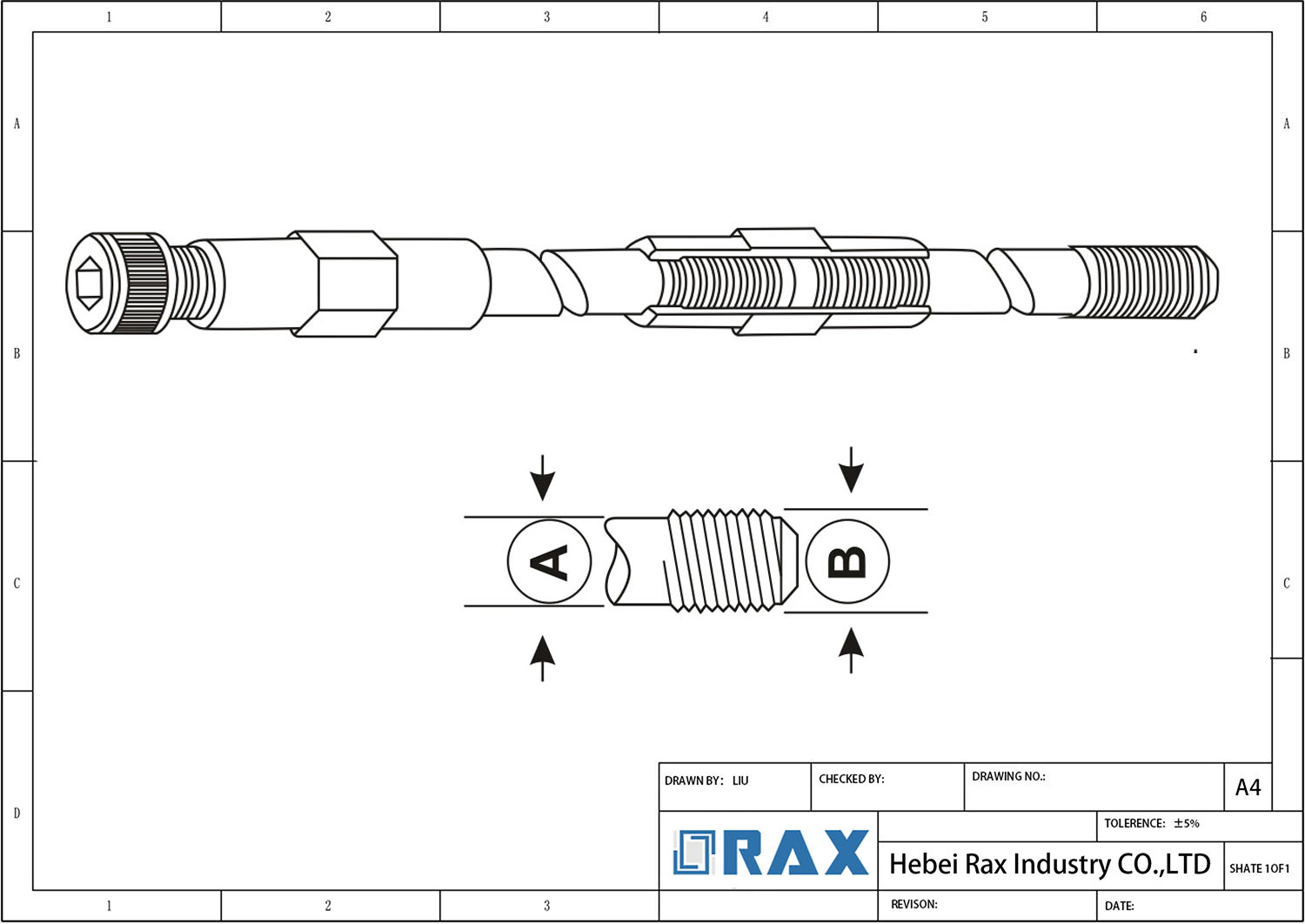
Earth Rod Drawing
Model name | Metric diameter(mm) | Inch diameter(in) | Metric length(m) | Inch length(ft) | Unit weight(kg/m) |
| ER1308 | 8.47 | 1/3 | 2.44 | 8 | 0.45 |
| ER3808 | 9.50 | 3/8 | 2.44 | 8 | 0.57 |
| ER1208 | 12.70 | 1/2 | 2.44 | 8 | 1 |
| ER1210 | 12.70 | 1/2 | 3.05 | 10 | 1 |
| ER5805 | 14.20 | 5/8 | 1.52 | 5 | 1.26 |
| ER5806 | 14.20 | 5/8 | 1.83 | 6 | 1.26 |
| ER5808 | 14.20 | 5/8 | 2.44 | 8 | 1.26 |
| ER5810 | 14.20 | 5/8 | 3.05 | 10 | 1.26 |
| ER5812 | 14.20 | 5/8 | 3.66 | 12 | 1,26 |
| ER5815 | 14.20 | 5/8 | 4.56 | 15 | 1.26 |
| ER3406 | 17.20 | 3/4 | 1.83 | 6 | 1.84 |
| ER3408 | 17.20 | 3/4 | 2.44 | 8 | 1.84 |
| ER3410 | 17.20 | 3/4 | 3.05 | 10 | 1.84 |
| ER3412 | 17.20 | 3/4 | 3.66 | 12 | 1.84 |
| ER3415 | 17.20 | 3/4 | 4.56 | 15 | 1.84 |
| ER4410 | 12.10 | 1/4 | 3.05 | 10 | 3.31 |
Frequently Asked Questions (FAQ)
 What is an Earth Rod?
What is an Earth Rod?
A metal rod driven into the ground to provide a safe pathway for excess electricity to dissipate into the earth. Made from copper, copper-bonded steel, or stainless steel, it protects people and equipment from potential harm caused by lightning strikes, power surges, or electrical faults.
How deep should an Earth Rod be installed?
Earth rods must be driven at least 8 feet (2.4 meters) into the ground to reach moist soil for better conductivity. The depth ensures effective grounding and complies with standard electrical codes for both residential and commercial applications.
What are the different types of Earth Rods?
Four main types exist: Solid Copper (highest corrosion resistance), Copper Bonded (cost-effective with good conductivity), Stainless Steel (for galvanic corrosion concerns), and Galvanized Steel (economical but lower conductivity and corrosion resistance).
How are Earth Rods installed?
Installation involves selecting a suitable location, driving the rod vertically using a hammer or rotary drill, securing it without lateral movement, attaching the grounding conductor with a proper clamp, and connecting to the main grounding system.
How far apart should multiple Earth Rods be placed?
Multiple earth rods should be spaced at least 6 feet (1.83 meters) apart and connected using copper tape or bare copper cable of the same cross-sectional area as the earth electrode conductor.
What affects Earth Rod resistance?
Soil resistivity, rod length, installation depth, and soil moisture content affect resistance. Doubling rod length reduces resistance by 40%, while doubling diameter only reduces it by 9.5%. Additional rods can be installed to decrease overall resistance.
Can Earth Rods be extended?
Yes, earth rods are extendable by design using copper couplers to connect multiple rods, achieving greater depths to access lower resistivity soils. The couplers provide permanent electrical conductivity and maintain system integrity.
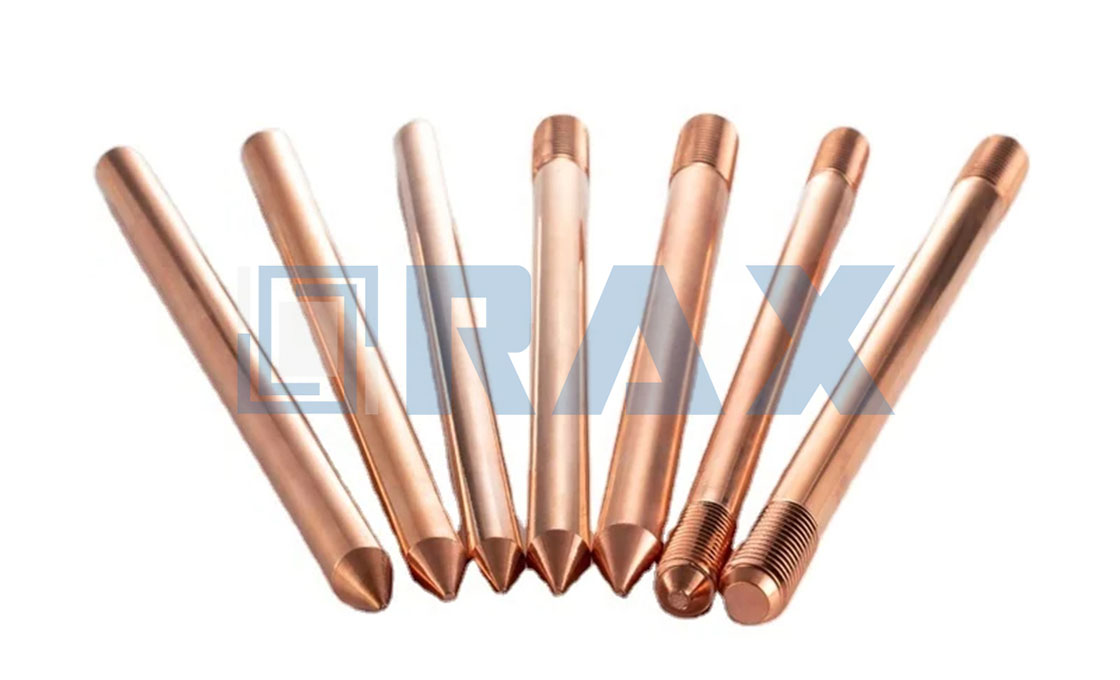
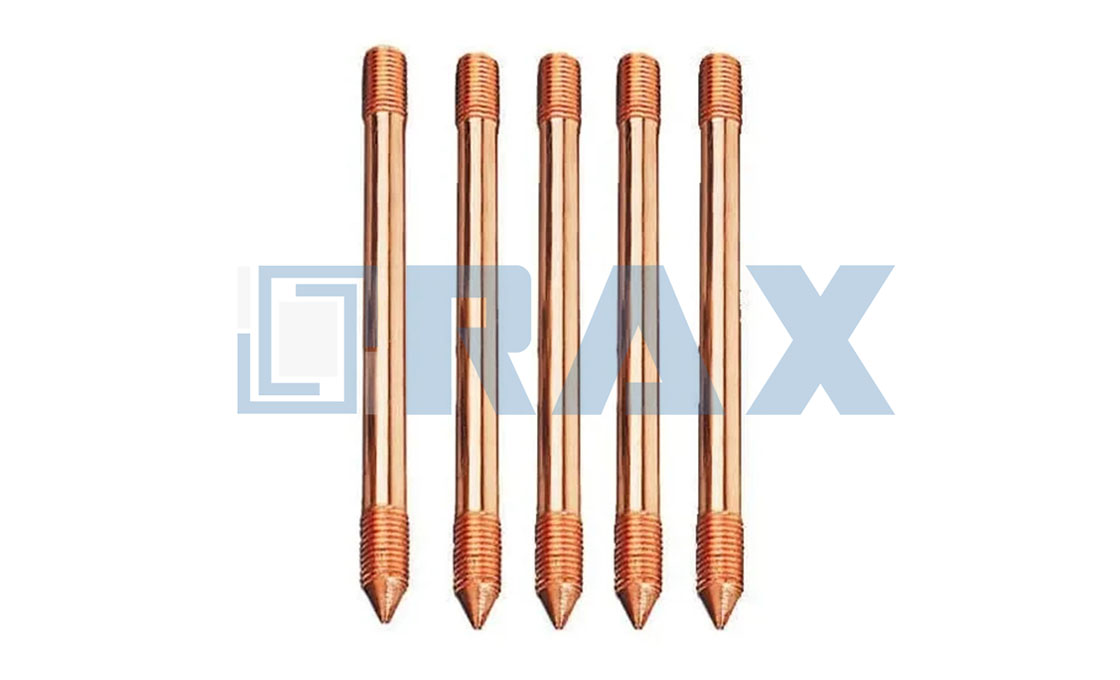
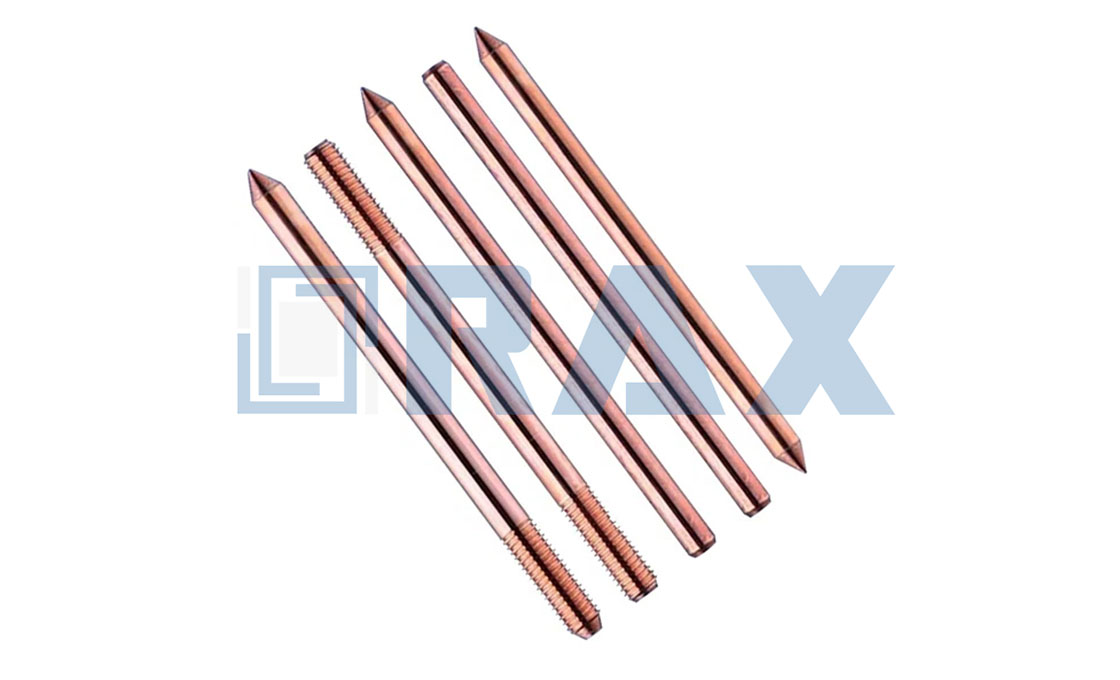
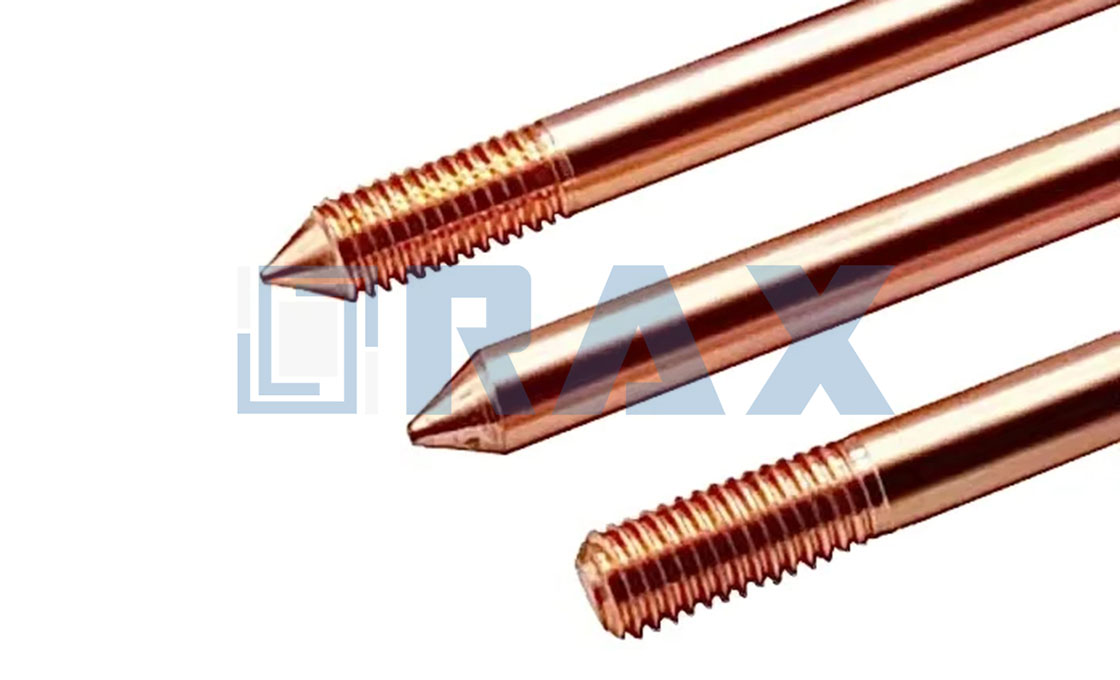

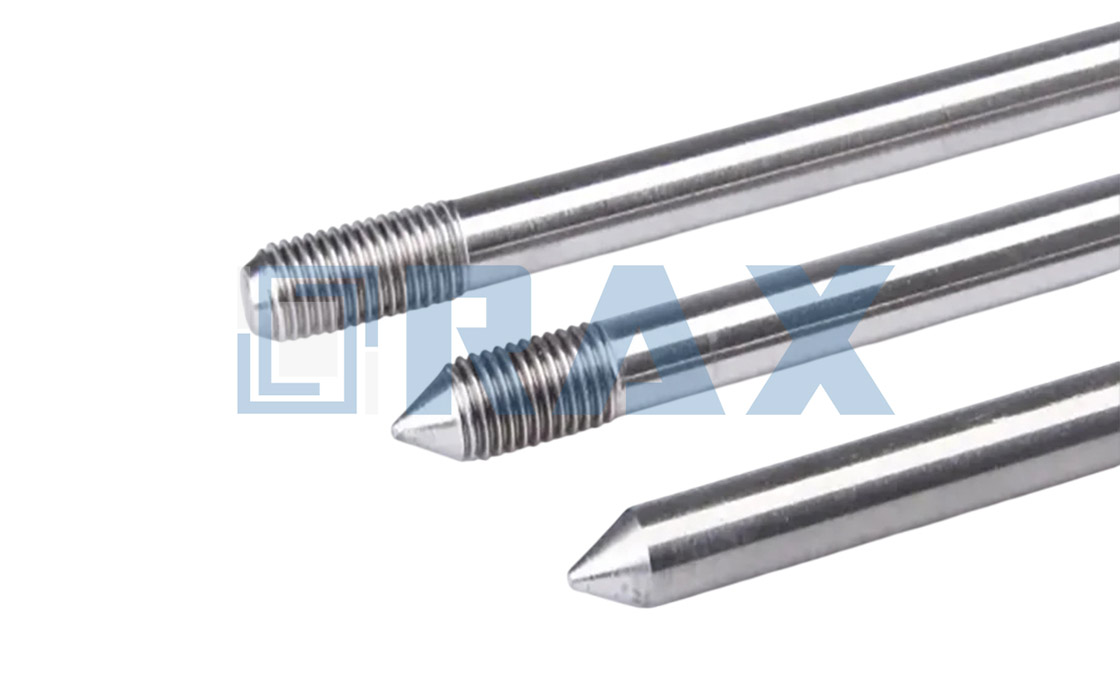
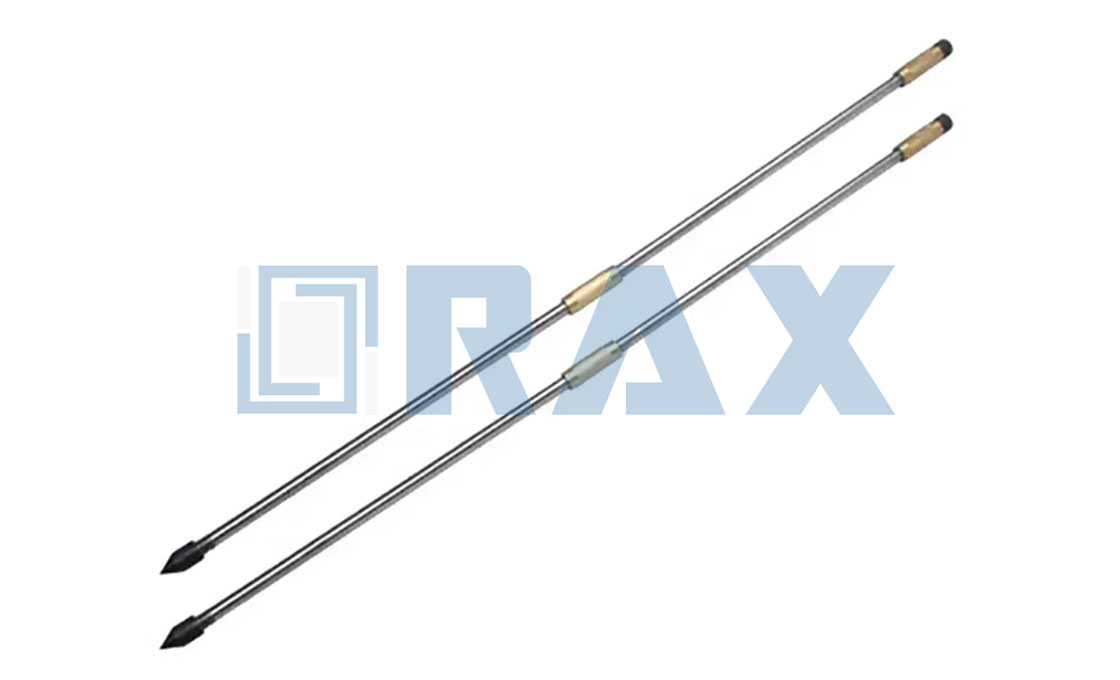
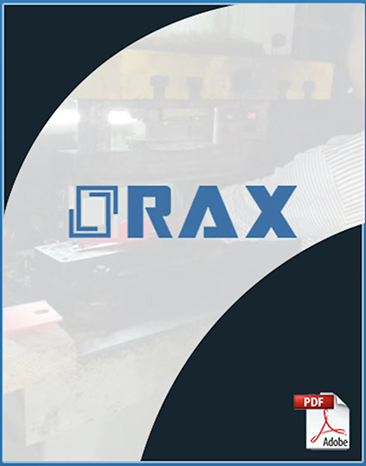
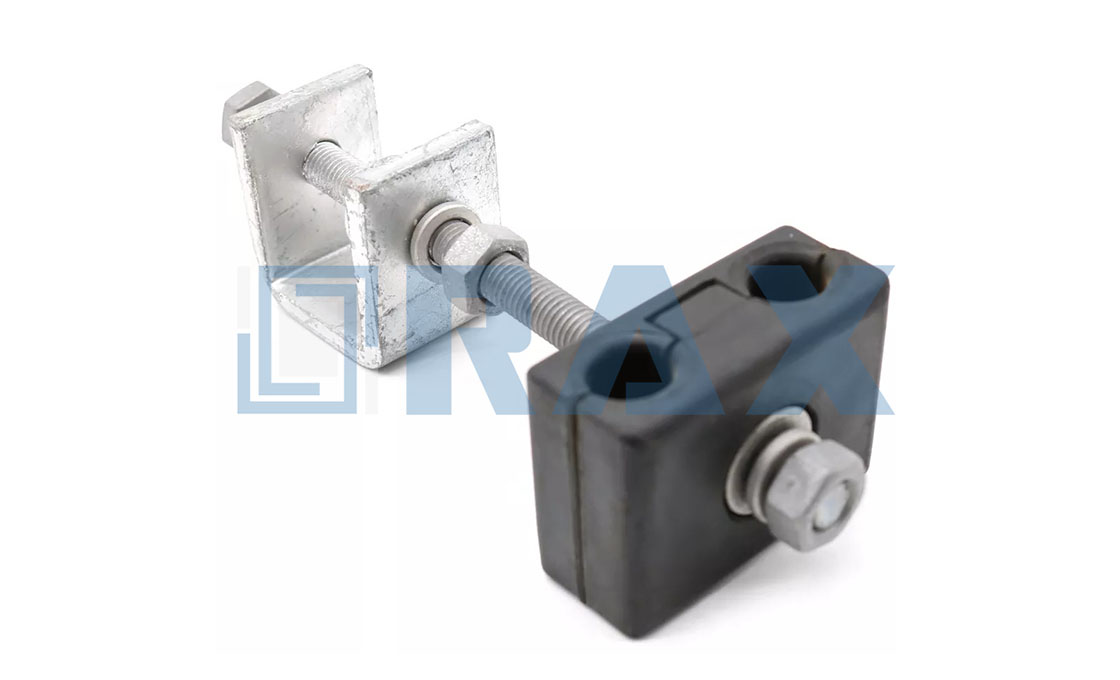
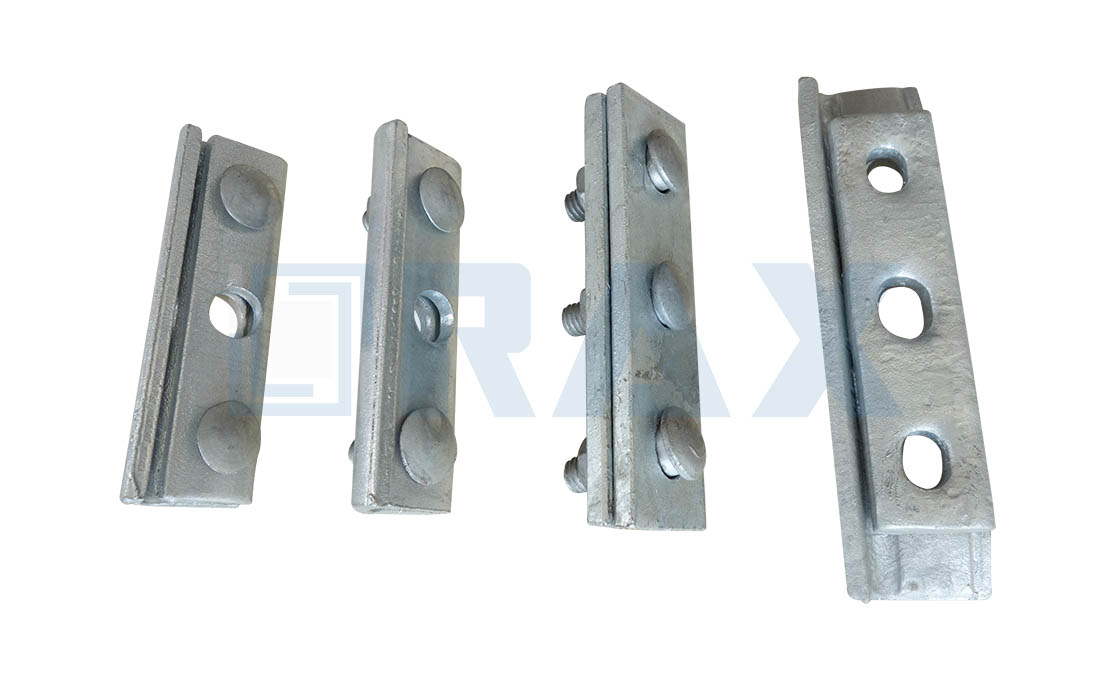
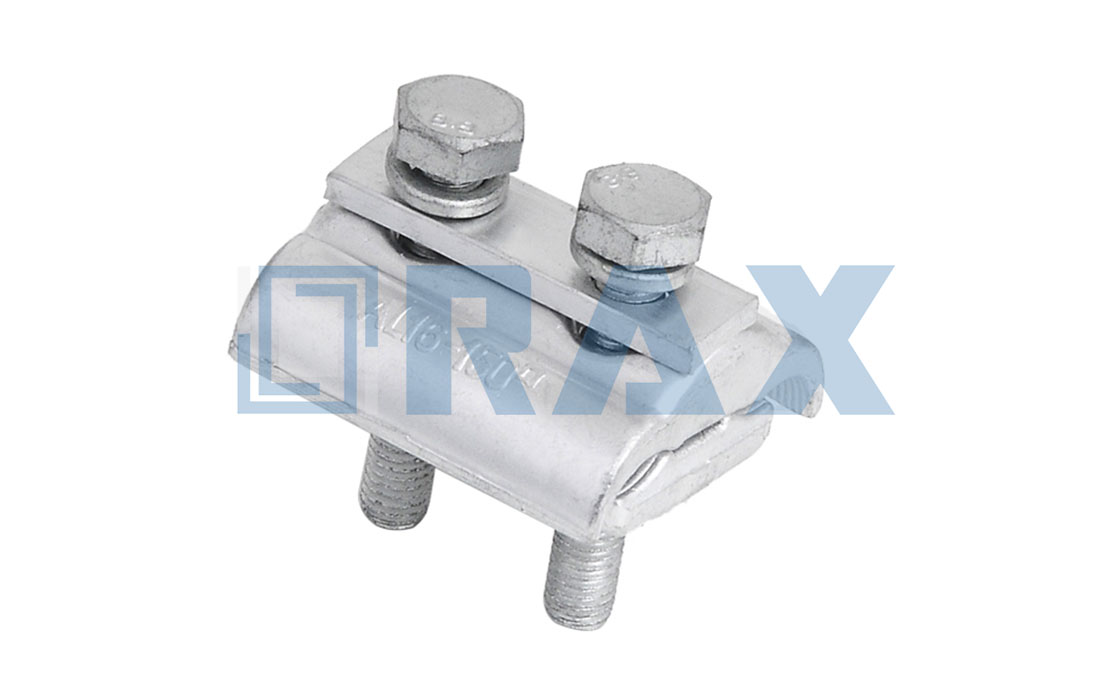
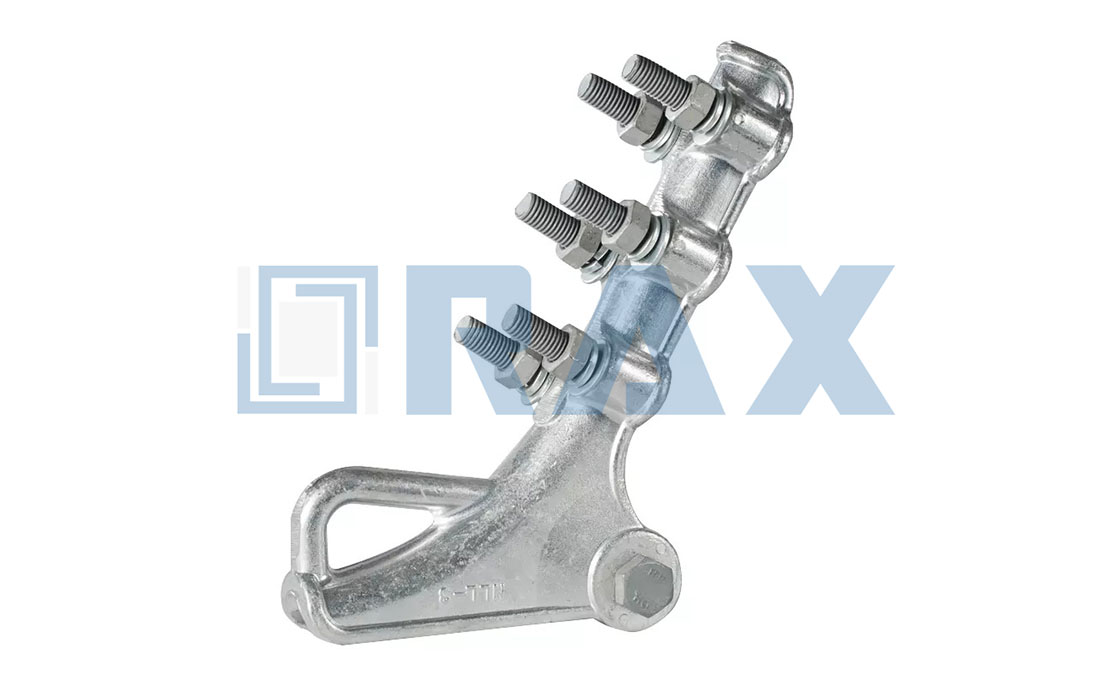
 What is an Earth Rod?
What is an Earth Rod?